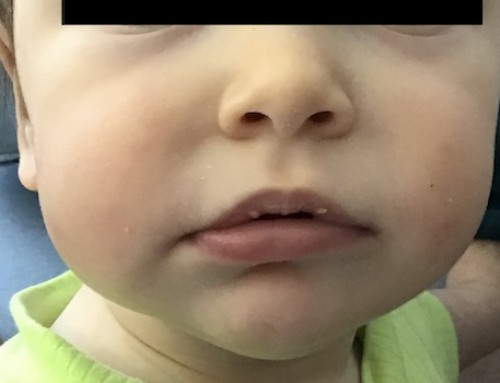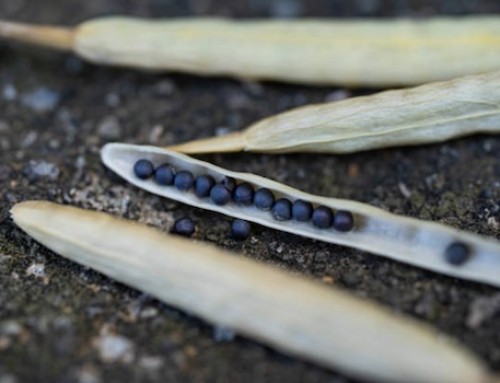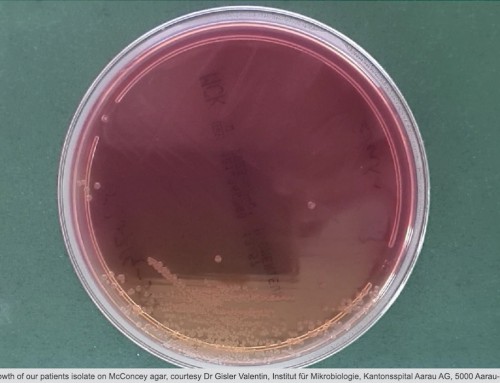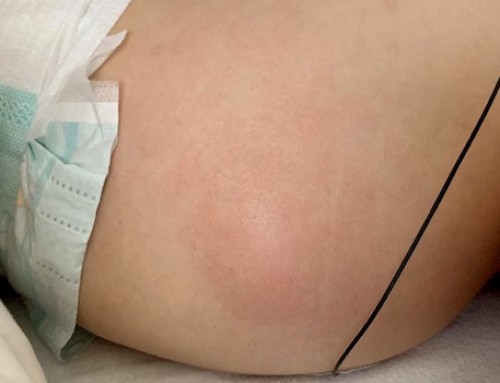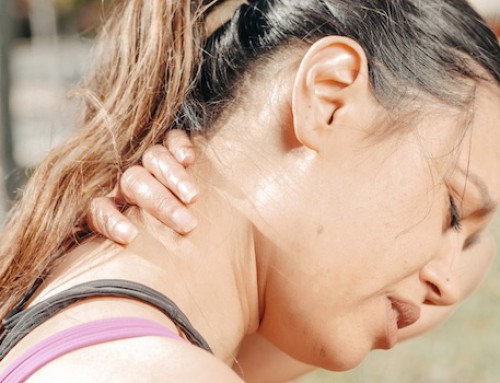Project Description
Gait abnormality in a 2-year-old boy
History
The mother reports a significant malposition of the right leg (Genu varus), which occurred spontaneously. She realised this for the first time after a soccer game when her son wasn’t able to kick the ball because he couldn’t do a dorsiflexion of the forefoot. The boy himself has no pain and is able to strain the leg fully. On long walks he tires easily and needs to be carried more often than normal. He has no sign of infection, no fever, night sweating or weight loss and has a good appetite.
Personal History
Healthy until now. No allergies. His vaccinations are up to date in line with the Swiss vaccination plan. He is on no long-term medication. Vitamin D substitution was given regularly as an infant.
Family history unremarkable.
Examination
Good general and nutritional health. Cardiopulmonary examination unremarkable. Right leg: No muscular atrophy, no erythema. Palpable hard swelling atop the fibula capitulum without tenderness on palpation. No possible active dorsiflexion of the forefoot, at rest is the forefoot in a plantar flexion. While walking there is no active dorsiflexion of the forefoot possible equal to a falling forefoot or a heel-rise phase of gait (“Steppergang”, “pied tombant”). Movement of the knee-, ankle- and toe-joints normal. Patella- and hamstring-reflex symmetrical. Neurological examination unremarkable.
Vital signs: temperature 36.9°C.
Laboratory Findings
Hemoglobin 123 g/l (105-135g/l), platelets 398 G/l (140-400 G/l), white blood cells 11.16 G/l (8-12 G/l), erythrocyte sedimentation rate 10 mm/1h (<10 mm/1h), parathyroid hormone 46.9 ng/l (14-72 ng/l), sodium 139 mmol/l (136-146 mmol/l), potassium 4.3 mmol/l (3.4-4.5 mmol/l), calcium 2.35 mmol/l (2.15-2.55 mmol/l), phosphate 1.97 mmol/l (1.29-2.26 mmol/l), chloride 108 mmol/l (98-106 mmol/l), urea 5.2 mmol/l (2-7 mmol/l), creatinine 30 umol/l (20-48 umol/l), uric acid 154 umol/l (208-428 umol/l), lactate dehydrogenase 299 IU/l (150-360 IU/l), C-reactive protein <3 mg/l (<3 mg/l), vitamin D 25-OH-cholecalciferol 38.5 nmol/l (50-250 nmol/l)










